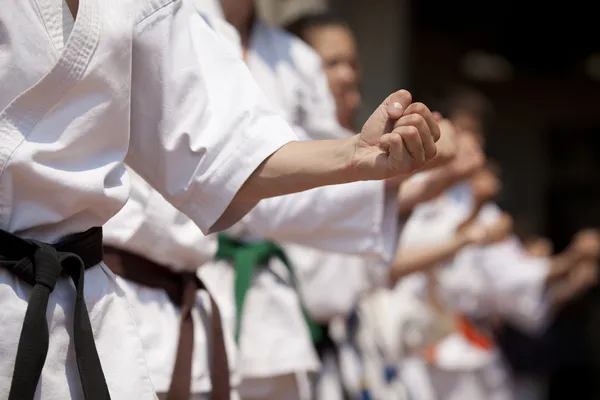In the realm of martial arts, Budo and Judo are two terms that often surface. While both disciplines have their roots in Japan and share a connection, it is crucial to understand the distinctions between them, especially when considering their suitability for children. In this article, we delve into the concept of Budo and its underlying principles, and then we explore the key differences between Budo and Judo in the context of children’s training.
Budo encompasses a range of martial arts styles, including karate, kendo, aikido, kyudo, and more. These arts share a common foundation rooted in ancient Japanese traditions and philosophies. Training in Budo involves rigorous physical exercises, kata (pre-arranged forms or sequences of movements), and often incorporates meditation and philosophical teachings.
Understanding Judo:
Judo, on the other hand, is a specific martial art that falls under the umbrella of Budo. Founded by Jigoro Kano in the late 19th century, Judo translates to “the gentle way” or “the way of flexibility.” Judo places a strong emphasis on using an opponent’s strength and movements against them, utilizing throws, joint locks, and grappling techniques.
Differences between Budo and Judo for Kids:
1. Philosophical Focus:
Budo training for children places a strong emphasis on developing character, moral values, and respect for others. It instills discipline, humility, and a sense of responsibility. While Judo also instills similar values, its philosophical focus is relatively narrower, primarily centered around principles of mutual welfare and maximum efficiency.
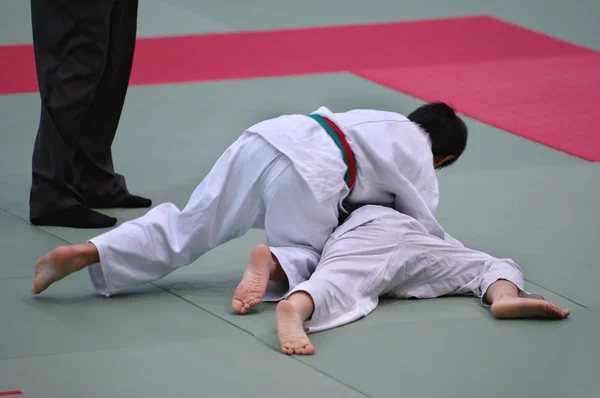
2. Combat Techniques:
Judo focuses primarily on throws, pins, and submissions, with the objective of immobilizing an opponent. It places significant importance on sparring and competition. Budo, being a broader concept, encompasses a variety of martial arts, and while it may include throwing techniques, it also incorporates strikes, kicks, and weapon training, albeit often in a more controlled and less combative manner.
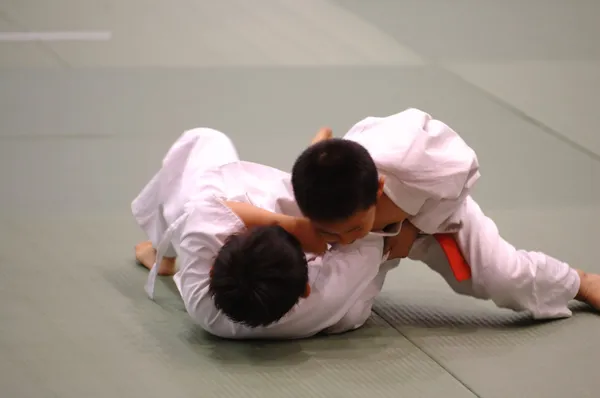
3. Mind-Body Connection:
Both Budo and Judo emphasize the importance of the mind-body connection. However, Budo places a greater emphasis on meditation, mental discipline, and spiritual growth. It seeks to harmonize the mind and body, fostering a holistic approach to personal development.
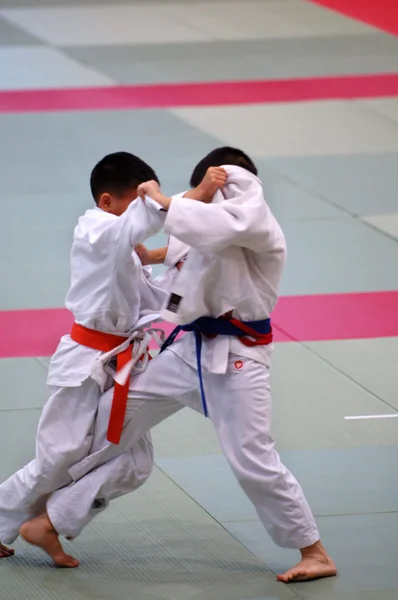
4. Competitive Aspects:
Judo has a well-established competitive framework with tournaments and structured rules for children at various skill levels. Budo, on the other hand, may offer opportunities for friendly demonstrations and showcases but doesn’t have a standardized competitive aspect as its primary focus lies in self-improvement and personal growth.
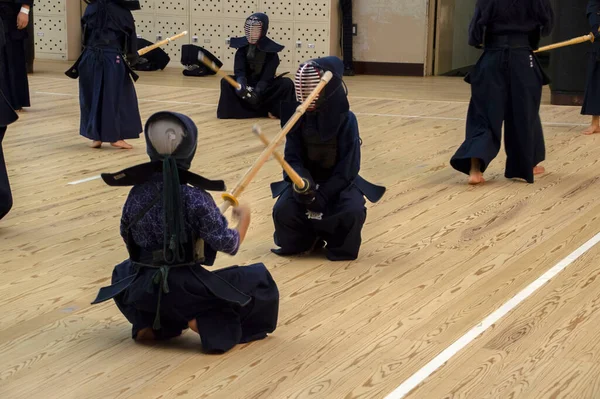
Budo and Judo, while interconnected, have distinct differences when it comes to training for children. Budo encompasses a broader philosophical and technical spectrum, emphasizing personal growth and the development of character. Judo, as a specific martial art falling under the Budo umbrella, focuses on throws, grappling, and competition. Ultimately, the choice between Budo and Judo for children depends on individual goals, preferences, and the values parents wish to instill in their child. Both disciplines offer valuable physical and mental benefits, promoting discipline, self-confidence, and respect, making them worthwhile pursuits.

